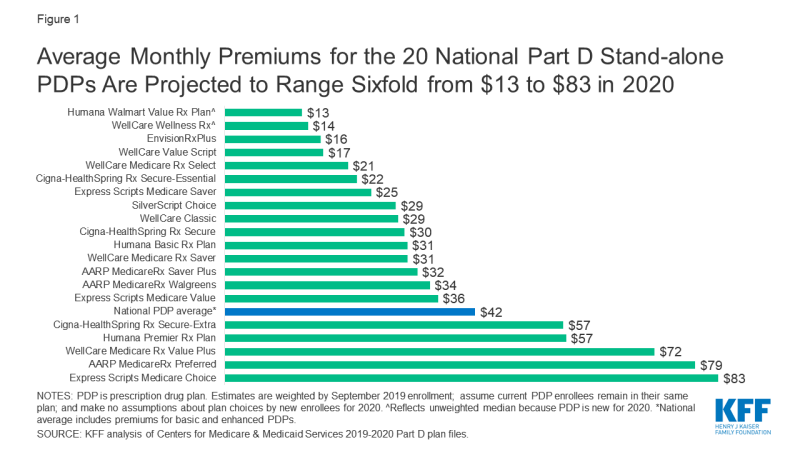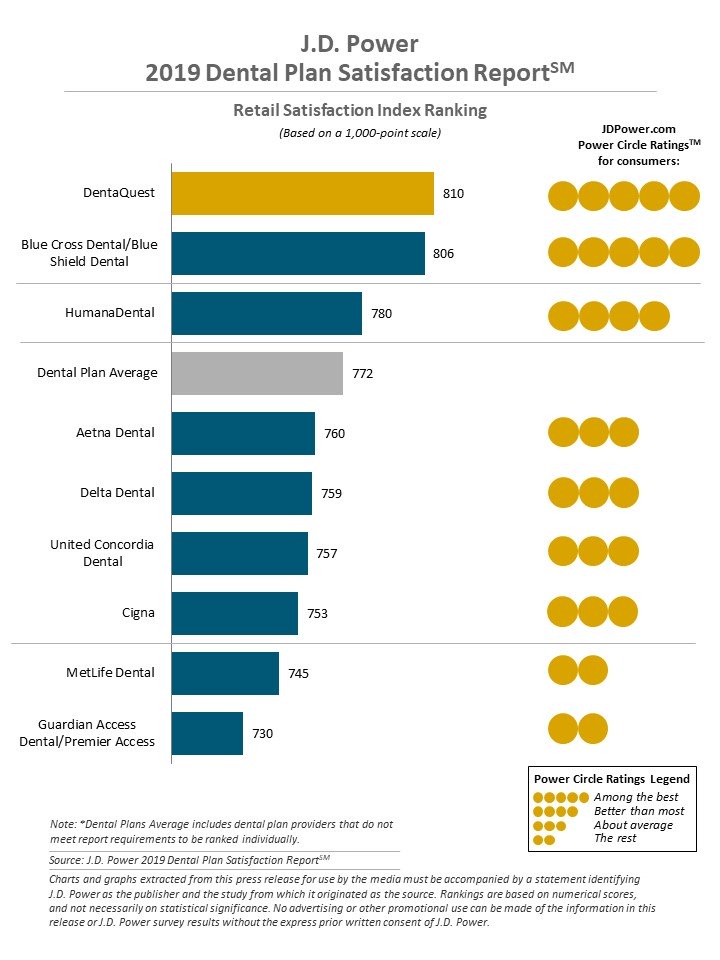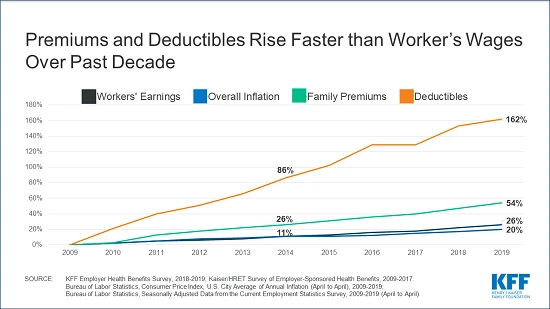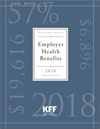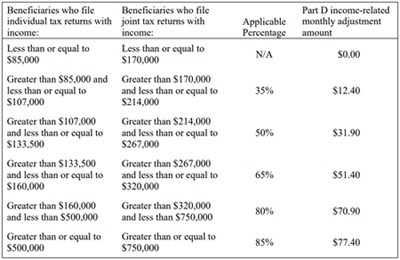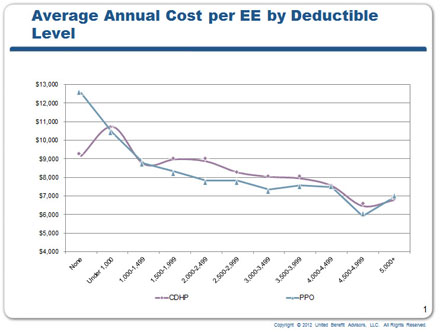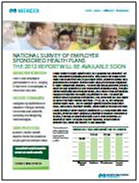By Laurie Gelb, April 18, 2012
What's a "convenience item?"
For most plans, it's anything from the elevation feature of a wheelchair seat to a motorized patient lift to a track to move a shower chair into a traditional stall. In other words, it's features, equipment or supplies that you don't want to reimburse.
The rationale for non-reimbursable DME is most often that in and of itself, the "convenient" add-on or gadget doesn't treat a disorder or isn't essential for ADLs. A power wheelchair's tilt and recline functions, for example, are reimbursed because without them a chair-bound patient is more likely to acquire pressure ulcers, which are costly to treat. But vertical elevation -- that's just patients trying to belly up to bars and kitchen counters, right?
Not only.
Often, the elevation feature is used to prolong the time until a passive lift is necessary for transfers. The same is true of hi/lo beds.
So what?
Watch an assisted standing transfer with a confident patient and assistant. Then watch a lift transfer as the patient dangles from a sling, often scraping body parts against a metal frame and risking already-fragile joints and skin. Which one do you prefer from a cost standpoint?
Taking the whole wheelchair higher may also enable use of a urinal or bedpan (supplies that you don’t pay for, whereas you do pay for catheters + the infections they cause), to make it easier for tall helpers to place a lift sling (or to do pivot transfers with more agile patients), for dressing, feeding and many other purposes. If you think about those specific activities, it’s evident that neither tilt (angled seat) nor recline (angled back) can substitute for elevation in those situations.
Now back to reimbursement. Not only is elevation per se often considered a “convenience, but often it’s not even submitted for reimbursement. Many patients don't even ask for it, even if they are aware it exists, because their DMEs tell them not to bother. Sit-to-stand lifts and chairs are another example of usually-unreimbursable items that yield huge health outcomes for appropriate patients, from avoiding hospital stays for impaction to improved respiratory function.
Much very pricey DME, from mobility to respiratory aids, is never submitted for reimbursement because of time pressure (quicker to buy from the Internet or as self-pay); complexity of the reimbursement process; pressure from a DME to file the easy part; a required preauth wasn't filed in time; DME annual limits and/or specific exclusions.
Is all the DME being bought and sold via the Internet (whether Craigslist or DOTmed) or donated by others good or bad for MCOs? To the extent that it's not reimbursed, you might think that it's just fine. But then turn full circle for the sequelae of obsolete, inappropriate and/or flat-out dangerous equipment and you'll see plenty of potential costs.
Ill-considered Internet purchases and donations aren't the only threat to DME safety; wheelchair-bound/NIV patients who "give up" on or wait forever for unresponsive DME firms who avoid service visits (in part because reimbursement is so uncertain) are practically a cliché.
Visit the homes of the chronically ill, even those comparatively well off and with private coverage, and you'll see fraying slings holding patients whose fall would mean a final hospital stay; rusty equipment with unpredictable steering; BiPAP and even vents being used improperly because no one in the household knows how to titrate them and can't get anyone to help; family members (likely in your network as well) risking severe back injuries because the right equipment for transfers/showering/toileting isn't available.
Some paras and quads "eat like dogs" (often choking in the process) out of bowls because they don't have access to a helper to feed them, and of course wheelchair trays and special utensils aren't covered. Nonetheless, your budget will take a hit at some point, and nutritional status compromised by illness comes under the heading of medical need in most textbooks.
Undeniably, your DME charges for lease months and sales for what you do cover, are way more than patients can pay on the Internet or elsewhere. And this goes back to inflated manufacturer pricing, often in expectation of contracted discounts but also in some cases, simple greed.
The root cause: contracted prices and often suboptimal product quality/selection deplete your DME budget to the point that you can't see a business case for the simple items that would pay for themselves and support your case for "caring" as well. Moreover, DME caps basically tell patients to go anywhere but the traditional system to access equipment. How predictable are the outcomes of back alley DME acquisition?
To put it another way, how much do you know about Helen Jones' fall because the eight-year-old walker passed on from her great-aunt wasn't gripping the sidewalk any longer? You paid for her hospital stay and rehab for a broken hip, and she may need home health on discharge. She didn't know that her walker needed new feet (nor would she have known where to get them), because she has low vision and no one she knows has any familiarity with checking walker feet.
No one teaches us about DME; the provider/plan Web sites so thick with rich media ignore it, so the major sources of information on DME are patient forums and YouTube videos, neither of which Mrs. Jones, 82, is likely to access.
The reciprocal of DME providers’ natural desire to remain profitable, is patients who don't know the system, who don't know when/how to use network benefits and when/how not to; how to access help with equipment that they need to have, or that doesn't work how they need it to; and a system that seems massively disinterested in the change that everyone "agrees" is needed. We obsess about medication errors that leveraging IT and FMEA can fix, but don't touch a larger, increasingly relevant (checked the age trend of your membership lately?) issue.
Beyond medical costs, MCOs incur the cost of fraud. I’ve seen recent drastically upcoded invoices to MCOs from DMEs that patients and family members, exhausted from the calls needed to obtain a facsimile of necessary equipment, not to mention the burden of care, didn't even perceive, or when they did perceive them, didn't blink. Why should they care if the MCO pays more than its contract stipulates, for something they never received, when they perceive that the MCO is depriving them of needed equipment and help?
From the other side, I've seen invoices with incorrect patient names, provider names, equipment codes and diagnosis mismatches sail through (as with home health, but that's another story). The DME claims processing burden is great on the payor side as well. The complexity of regulations for the sake of cost control are only getting worse.
The US managed care maze has also kept many highly-rated European manufacturers out of the US market entirely, except for authorized facility-only distributors, who don’t want the hassle of selling to home care.
Does US access to European products matter? Well, only if you’d like your members to have access to options like wool and fleece lining for slings to protect delicate skin; smaller patient electric lifts and tracks to use in apartments, as opposed to relatives’ [insured by you?] backs; freestanding track systems to reduce mobile lift risk, better repositioning aids, etc. Oh, but wait --none of these are usually covered items, anyway. Well, therein lies part of the problem.
Now imagine that DME was reimbursed like an office visit or injection. Provider in network? Check. Correct coding? Check. Eligible patient? Check. No duplication within six months (just as we don't reimburse two fills for the same med if dose is available or two right leg amputations)? Check. Not experimental? Check. Medical/ADL use (like, not a scooter flag or strobe light)? Check. Then you process the claim.
- How much would you lose?
- How much would you and patients gain?
- How much admin cost would you save?
Sure, you'd cap coverage at one power chair per interval, and other obvious constraints. But a track to get quads into a shower, yes, you'd pay (paid for any skin infections or UTIs lately?). Or an elevator on a power chair. Or a new sling to replace the one that’s frayed past safety.
And on this planet, reputable Internet suppliers could be in-network, too. Yes, certain manufacturers would be upset by this. But, down the road, how long can you continue the game? We’re not in Kansas any more.
Could you pilot a low-complexity DME program for certain dx? Patients at risk and/or high utilizers? Maybe in conjunction with existing disease management? Of course you could. Medicare, Medicaid or private plan, everyone’s feeling the pain (quite literally).
And why would you make the effort? Because the next patient held hostage to inadequate equipment and support may be someone you know.
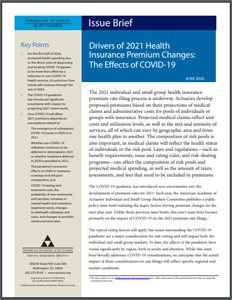
 Post a Comment By
Post a Comment By  Riddle, Clive |
Riddle, Clive |  Friday, June 12, 2020 at 09:49AM tagged
Friday, June 12, 2020 at 09:49AM tagged  Benefits & Premiums|
Benefits & Premiums|  health plans
health plans 
